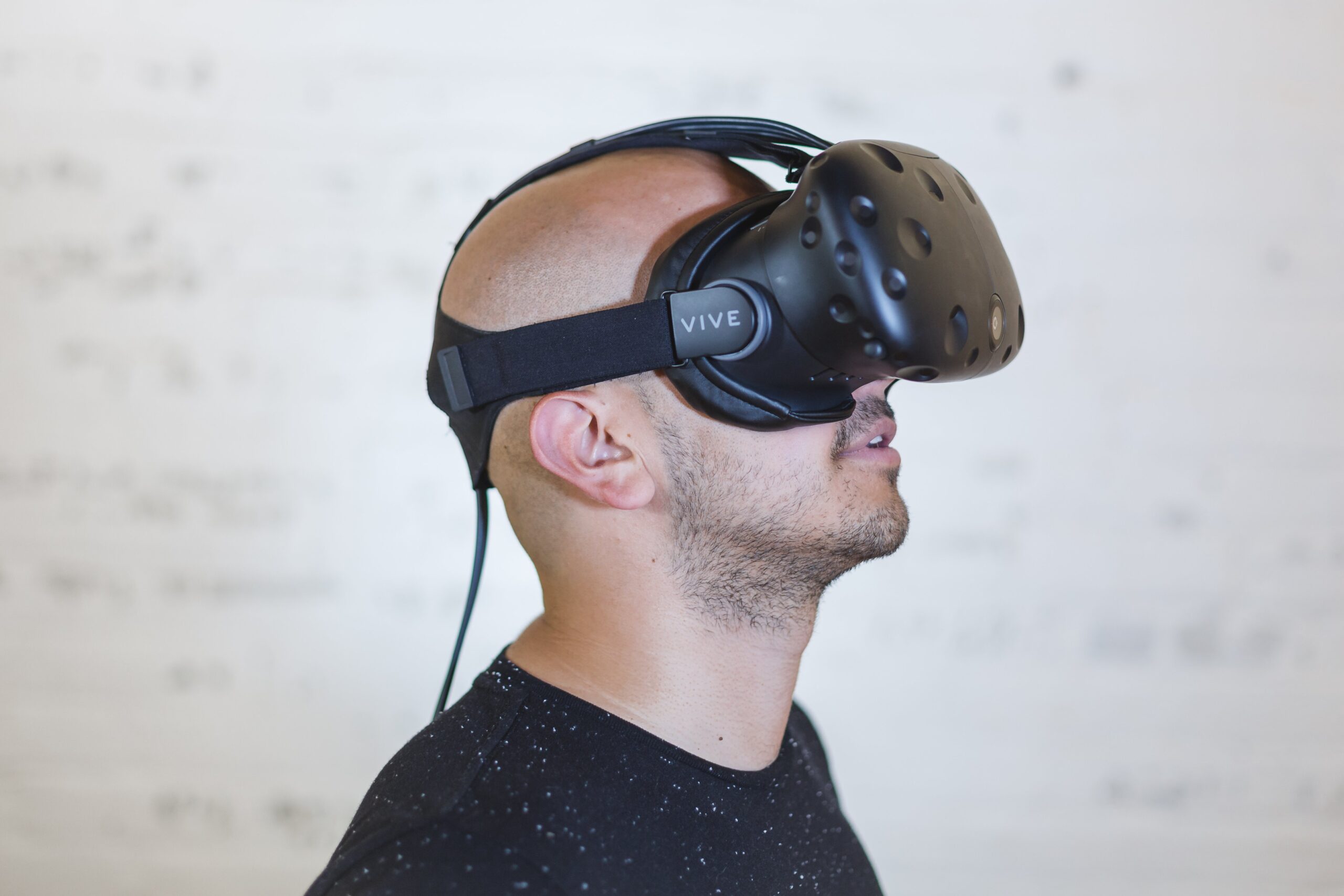Beliefs, Death and Faith
Beliefs
It is a deep-rooted human feature to take things for granted after only a short time. One behaves as if everything around was making sense and could not be doubted. One lives and dies, one is awake and sleeps, one experiences complex living processes and interrelations between the mind, the heart and the body. Still, everything seems perfectly normal.

While mankind’s evolution invites us to live according to new possibilities, our capacity of adaptation, mixed with our propensity to forget, makes it difficult to distinguish whether there is real improvement or just another round on the same spiral.
Inequalities increase as well, but this has always been the case. So why worrying? We easily forget what our previous environment or mindset was a few years back. We experience constant changes in our reality, but we behave as if everything was rational. Everything seems so normal that, the older we become, the more we become what we used to be. By being more uncaring, we finish our life as a caricature of ourselves.
However, during childhood, we have truly felt the presence of this divine spark in our heart. We have experienced the weirdness of being-alive, questioned the origin of thinking, feeling, being ‘in this body’ rather than being ‘this body’. We have known amazing mindsets and states of consciousness that have created indelible scars within us.
Pulled by a compelling divine call, we have investigated deeper. We have asked our elders on what life was about. What are these strange and unknown thoughts, sensations and feelings? What are these experiences that we felt we could never forget? Some wise mentors may have seriously encouraged us to keep on seeking. Others may have mocked us, like: “Please, stop thinking too much, and live!”, or “There is nothing to find, stop asking impossible questions!”, etc.
Today, years later, we pretend to be authentic spiritual seekers, but how true is our reality? How true is our path? Do we continue to take things for granted, or do we question our beliefs? Are we accustomed to such strange reality to be alive? Do we follow this divine spark that yearns since eons to reach back the Divine Source? Do we question everything or anything at all?
Is our spiritual path true or buried into more sophisticated beliefs?
Death

“People are so ignorant! They make such a fuss over death, as if it were the end, this word ‘death’ is so absurd! I see it as simply passing from one house into another or from one room to another; you take one simple step, you cross the threshold, and there you are on the other side and then you come back. So, it’s a continuous, uninterrupted movement, here and there, from one room to another, from one house to another, from one life to another.”1
Death is both a fact and a belief. Death cannot be denied or questioned. However, its shape may appear as true or not, right or not, questionable or not, depending on our beliefs, our traditions, the importance of religion or science in our life, our spirituality, the faith in our Masters’ teachings. Depending on what is pleasant, comfortable and safe for us to valid, as well. This apprehension may evolve in time. We may think true today something that was totally inconceivable some years ago, and this may continue to be re-shaped again in the future.
Death may be the end of our life, the end of ourselves, the end of our sense of identity, the end of the ego, the end of everything or anything, depending on our belief-system. Death could also be the end of our world, our reality, without denying the possibility that something could continue to live after or differently.
The period of pandemic we are living in is perfectly matching death. Nothing will remain like it used to be, it is the end of a world. We are living a period of death, though still alive to experience it.
On the other hand, we can experiment that expecting or fearing death makes us more alive. The more we are thinking of death, the more we feel alive. This could seem paradoxical at first, but only apparently, for paying attention to something brings life to it. The topic is nourished by our thoughts and our feelings, our attention and our will. It evolves, it changes shape, it includes more thoughts, emotions and experiences. We project ourselves in a situation that did not happen yet. We do as if it was already happening, speculating on possible preparation, effects, consequences, etc.
One may would like to approach death with the will to be fully conscious, or by surprise in order not to be anxious, to be ready and well prepared, to be wealthy, to die suddenly or smoothly, isolated or accompanied, etc. Thus, death may shake or reinforce deeply our beliefs and fears, our concerns, our relationships, etc.
I reflect on the topic of death since long and I pretend to be ready to die at each moment. I constantly work on this readiness. That pushes me to try to be perfect at any moment, since I do not know when the time will come. I foster vigilance and full consciousness in any moment of my life. I pretend it is my spiritual path and, in a way, it brings back benefit. By being congruent, matching my aim and my practice, I experience more comfort, self-confidence and joy.
However, is this not a more sophisticated belief-system? Human, though on a higher level of the spiral.
Recently, in the middle of some unexpected situation, my system of beliefs on the topic of death collapsed. It hugely disappointed me and I had to reconsider the whole topic.
In order to be well-prepared to die at any moment, I organize my daily schedule accordingly. Recently I went to a pottery exhibition. At a stand, I helped someone to wrap an item that he just bought. Doing that, I put my keys on the counter, to get my hands free, and I forgot the keys. Reaching back the parking, I realized that my keys were missing, and I had to run back to the exhibition. Doing that, I realized that I was in a rush, and that it wouldn’t’ be fair for me to die at this instant, because it was not planned. I was not prepared, since I was doing something which was not initially planned.
Of course, I argued with myself. But, anyway and suddenly, all my so-called preparation about death revealed itself as it was: false beliefs.
The belief-system, though invisible, prevents us to grow spiritually in the truth, as it recovers constantly our reality with wrong assumptions, more sophisticated as we follow our sadhana. This mechanism deserves to be understood, observed, di-entangled and replaced by and under a new pure and ‘non-ego-profit’ mechanism.
Faith

A spiritual seeker could joyfully take the opportunity to witness an old world dying while preparing a new ere to happen on Earth, similarly to an after-death. No more useless beliefs that mystified him for so long, leading to another cercle of the same spiral. During these special times, no need to be smarter, gentler or of any other human quality. Human remains human, as far as our behavior stays ego-related, and whatever the level of sophistication it reaches in one’s belief-system.
“You have certain ways of understanding, certain ways of reacting, certain ways of feeling, almost certain ways of progressing, and above all, a special way of looking at life and expecting from it certain things—well, it is this you must surrender.”2
All these ‘certain ways’ of behaving are the consequences of this belief-system that occurs from the connection between experience and speculations. This system is constantly re-shaping our reality according to its needs, regardless the relevance of the association between events and opinions. Then, it is our complete inner system of apprehension of the world that is obsolete and should be replaced.
A new behavior should match our faith in the Divine, in which aspiration, renunciation and self-surrender to the divine3, would be steadily supported by the prayer.
Then, when we start to reflect on the best way to pray, a lot of concerns could raise. Is the topic of my prayer meaningful? Should I remain focused for my prayer to be efficient? For how long should I pray? Etc. Most of these concerns have been already tackled in Q & A to Mother.
Why not start with a modest prayer, which would have not many consequences but the feedback to be undoubtful and beneficial, regardless a significant outcome? A ‘small’ topic which would be important for the candidate, a practical and concrete issue in one’s daily life, and which result would bring more confidence and pleasure for further prayer practice. This little step would bring the advantage to support one’s intimacy with Mother, by establishing a consistent relationship with Her.
Afterwards, besides the implementation of this heartfelt intimacy, which would nourish our faith in return, one could increase the importance of the topics of prayers, in order to reach, in a later stage, the complete surrender. The process would be like peeling an onion, with the goal to get rid of all the peelings and reach the core.
In the esoteric Christian Novel, Zanoni (Edward Bulwer Lytton, 1845), reaching the core is described as the encounter with the ‘Guardian of the Threshold’, the final battle, the ultimate difficulty. The root-belief to exist as an individual. The thought ‘I’.
Unless one understands that this core did never exist as such, that this root was also a belief, though the 1st one, and dive into its complete surrender, its death. While continuing to live.
1 Agenda, June 24, 1961
2 The Mother, Questions and Answers, April 28, 1951
3 The Practice of the Integral Yoga, Jugal, Kishore Mukherjee















